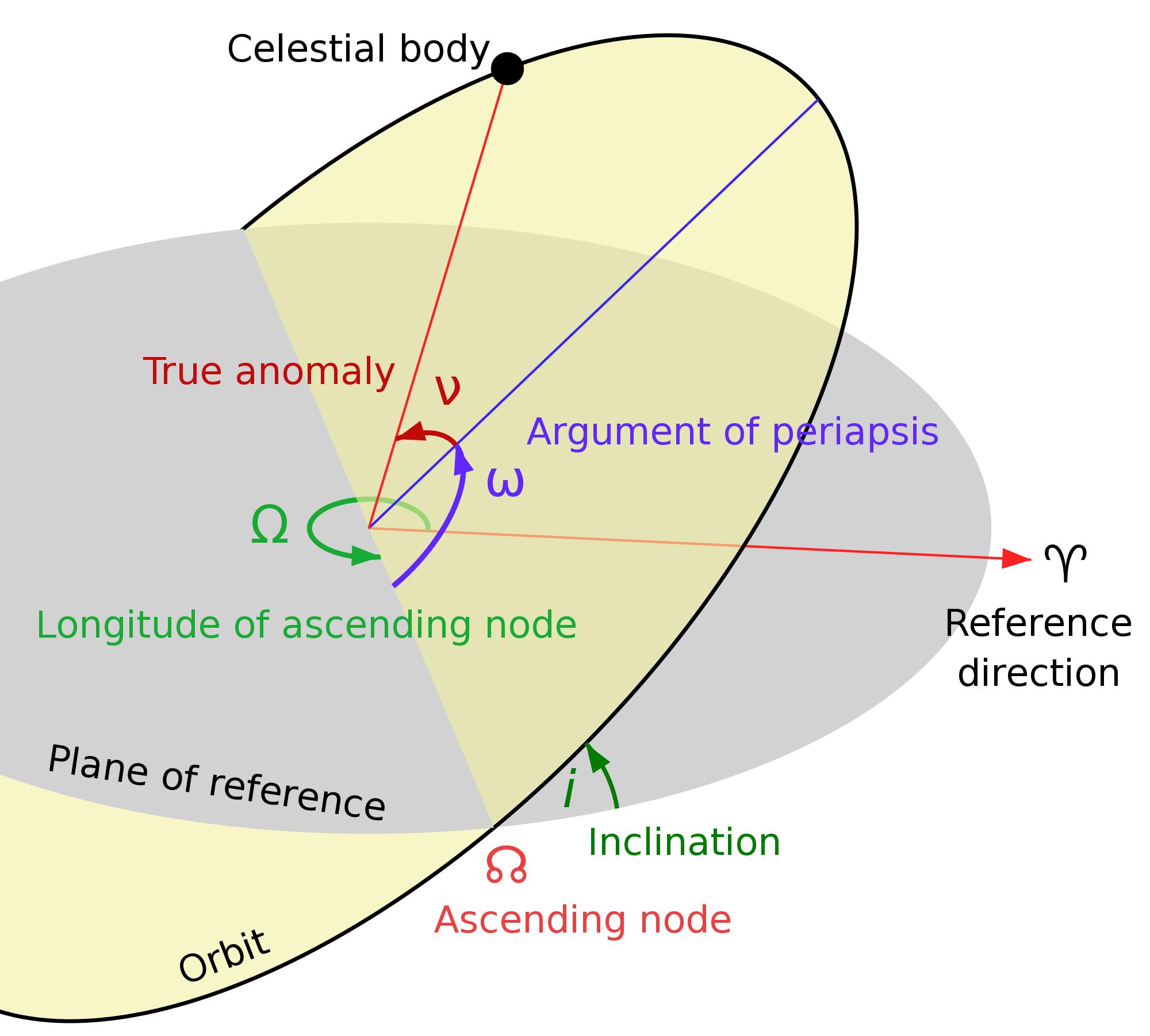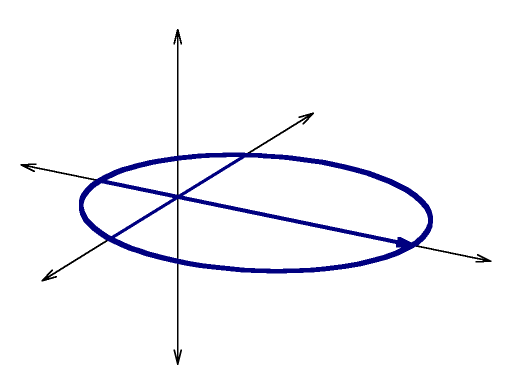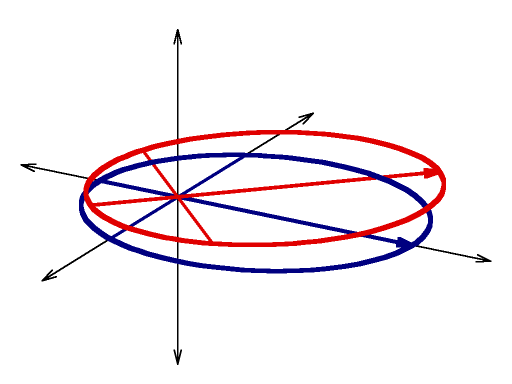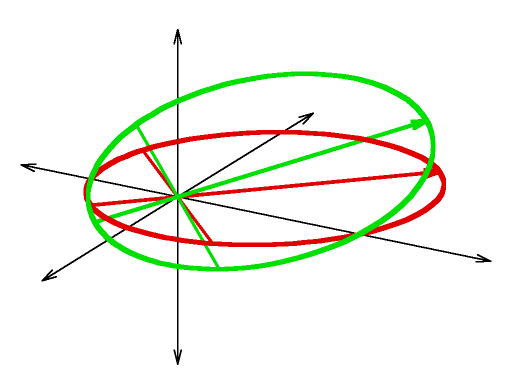|
Size: 1460
Comment:
|
Size: 2215
Comment:
|
| Deletions are marked like this. | Additions are marked like this. |
| Line 4: | Line 4: |
| How do we get from any arbitrary orbit to M288? The following techniques may not be optimal for minimal $ \Delta V $, but they set an upper bound. We will assume Kepler orbits and a circular M288 destination orbit, and heavy objects unaffected by light pressure. Actual thinsat orbits are elliptical and precess over a year with J2 and light pressure. | How do we get from any arbitrary orbit to M288? The following techniques may not be optimal for minimal $ \Delta V $, but they set an upper bound. We will assume Kepler orbits and a circular M288 destination orbit, and heavy objects unaffected by light pressure. Actual thinsat orbits are elliptical and precess over a year with J2 and light pressure. |
| Line 8: | Line 8: |
| Manuevers use the least $ \Delta V $ farther out, so we will use different strategies depending on whether the apogee of the origin orbit is higher or lower than the M288 orbit $ r_288 $. | Maneuvers use the least $ \Delta V $ farther out, so we will use different strategies depending on whether the apogee of the origin orbit is higher or lower than the M288 orbit $ r_288 $. |
| Line 12: | Line 12: |
| || Assume an x,y,z coordinate space and an orbit in the x,z plane: || {{ attachment:orb01.png | | }} || | || Blue curve:<<BR>><<BR>>An orbit in the horizontal X,Y plane<<BR>><<BR>>apogee = apoapsis = 6<<BR>>perigee= periapsis = 2<<BR>>semimajor axis = 4<<BR>>eccentricity = 0.5 || {{ attachment:orb01.png | |width=256 }} || || Red curve:<<BR>><<BR>>A similar orbit with a 45 degree '''argument of perigee''' <<BR>><<BR>>(rotate around vertical Z axis): || {{ attachment:orb02.png | |width=256 }} || || Green curve:<<BR>><<BR>>A similar orbit with a 30 degree '''inclination''' <<BR>><<BR>>(rotate around horizontal X axis):<<BR>><<BR>><<BR>>note that the ascending and descending nodes, where the orbit crosses the equatorial plane, do not have the same radius from the origin|| {{ attachment:orb04.png | |width=256 }} || [[attachment:orb0.gp|gnuplot source]] and you will need to crop and convert and resize using gimp to reproduce the above images. MORE LATER |
Changing Orbits to M288
How do we get from any arbitrary orbit to M288? The following techniques may not be optimal for minimal \Delta V , but they set an upper bound. We will assume Kepler orbits and a circular M288 destination orbit, and heavy objects unaffected by light pressure. Actual thinsat orbits are elliptical and precess over a year with J2 and light pressure.
The origin elliptical Kepler orbit has four parameters we need to compute two \Delta V burns for our transfer orbit: |
|
Maneuvers use the least \Delta V farther out, so we will use different strategies depending on whether the apogee of the origin orbit is higher or lower than the M288 orbit r_288 .
Describing an arbitrary Kepler Orbit
Blue curve: |
|
Red curve: |
|
Green curve: |
|
gnuplot source and you will need to crop and convert and resize using gimp to reproduce the above images.
MORE LATER




